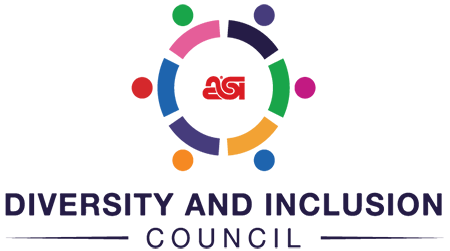Education | May 17, 2021
ASI Recognizes Jewish American Heritage Month
We’re encouraged to reflect on the many achievements of this community, and never to forget the painful memories of the past century.
Since 2006, by presidential proclamation, May has been set aside as Jewish American Heritage Month to recognize the many and varied achievements of Jewish people and their contributions to American society.
But no reflection is complete without acknowledging the many struggles this community faced, particularly in Europe in the 20th century. During the Shoah, or Holocaust, in the 1930s and 1940s, a horrific combination of hate, prejudice, scapegoating, dictatorship and megalomania led to the murder of approximately 6 million (or two-thirds) of Europe’s Jewish population in a mass genocide.
Suzanne Cohn, spouse of ASI Chairman Norman Cohn, is a survivor of that time. Born in Poland, she fled from the Nazis with her parents and older sister after they invaded her homeland in 1939. They remained in hiding and on the run throughout the entire war—with a younger sister being born while in hiding and a younger brother born at the end of the war. The family eventually found refuge in Australia before emigrating to the United States.
From the first days of World War II, Poland was square in the Nazi crosshairs because of its vibrant Jewish population. More Jewish Poles were killed in the Holocaust than in any other country, according to the United States Holocaust Museum. The deaths of an estimated 3 million people left the post-war Jewish population in Poland at just 10% of what it had been in the late 1930s.
“I am a remnant of that period, of those Jews,” said Suzanne Cohn in a testimony before ASI employees in 2019. “I am now, at this point in my life, one of the last survivors. … [What] you’re about to hear is not only about this terribly dark tragedy, but about how a handful of ordinary people, truly humble, ordinary people, can make a difference.”
Jewish American Heritage Month has an informational site, resources for educators and the public, and virtual exhibits featuring Jewish artists, thanks to major government entities like the Library of Congress, the National Archives and Records Administration and the National Endowment for the Humanities.
Featured this month: Roman Totenberg, a Polish violinist who had a long musical career after studying in Europe and emigrating to the U.S. He was a performer, professor and mentor to other burgeoning musical talents. His many personal papers have been donated to the Library of Congress, which has made them available here.
There are a number of major Jewish museums and cultural centers in the Northeast, including the world-famous United States Holocaust Memorial Museum in Washington, D.C., which will reopen on May 17 with both in-person exhibits and virtual programs. This month, the museum recognizes 78 years since Jewish prisoners in the Warsaw Ghetto rose up in a month-long failed attempt to fight off German forces; an estimated 56,000 people were killed or captured, and 36,000 were sent to extermination camps.
Meanwhile, The Jewish Museum on the famed “Museum Mile” in New York City hosts ongoing educational sessions, concerts and tours, both in-person and virtual. While galleries at the National Museum of American Jewish History in Philadelphia are temporarily closed, visitors can view educational sessions, virtual tours, artifacts and more from their homes this month. There’s also the Philadelphia Museum of Jewish Art at Congregation Rodeph Shalom on North Broad and the Holocaust Awareness Museum and Education Center in Bustleton.

